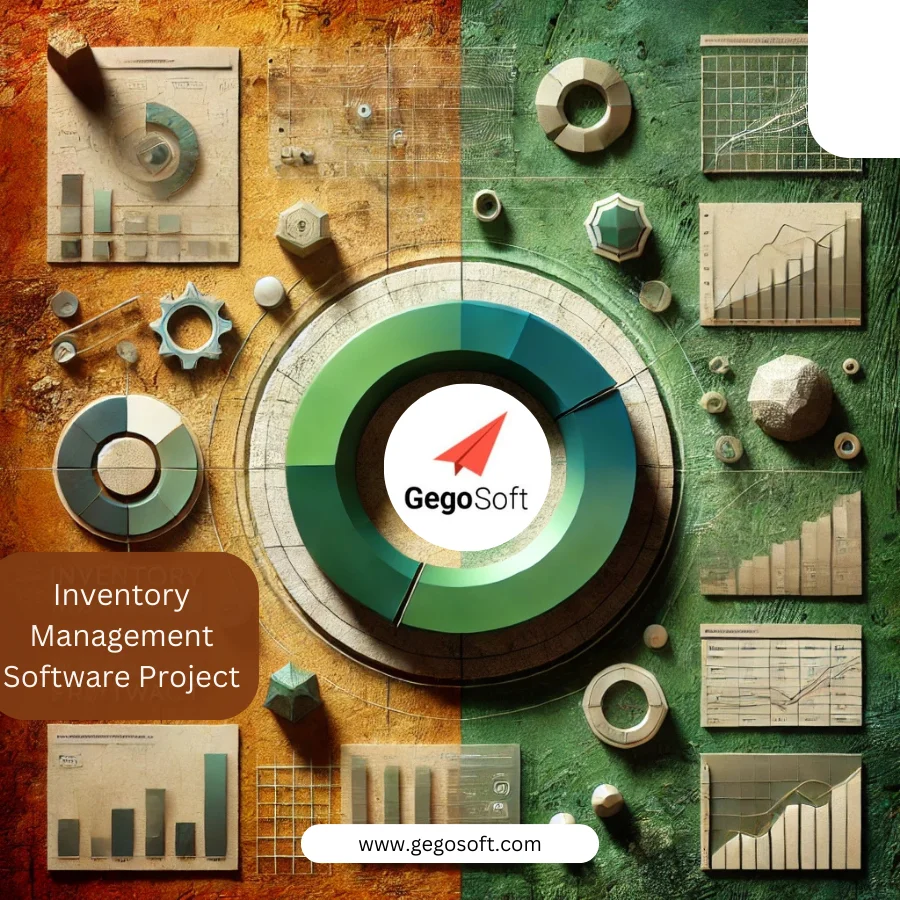Effectively managing inventory is a cornerstone of any successful business. With the right inventory management software, companies can streamline operations, improve accuracy, and enhance decision-making. This guide explores 10 game-changing ideas for your inventory management software project to ensure you stay ahead of the competition.
1. Understand Your Business Requirements
Before diving into software selection, it’s crucial to identify your unique business needs. Start by analyzing existing workflows to understand what works and what doesn’t. Highlight pain points such as delays in stock replenishment or inaccuracies in inventory tracking. A thorough understanding of these factors will set a strong foundation for your Inventory Management Software Project.
2. Choose the Right Inventory Management Software
Selecting the right software is a critical step. Compare features like tracking, reporting, and scalability. Ensure the software can grow with your business and accommodate future needs. Opt for solutions that balance advanced features with ease of use.
3. Integrate with Other Systems
For seamless operations, integrate your inventory management software with other systems such as ERP (Enterprise Resource Planning) and CRM (Customer Relationship Management). API support can enable custom integrations, ensuring your software communicates effectively with existing tools.
4. Leverage Automation
Automation is a game-changer for Inventory Management Software Project. Implement tools like barcode scanners and real-time stock updates to reduce human errors and improve efficiency. Automation minimizes manual data entry and streamlines routine tasks.
5. Enable Cloud-Based Access
Cloud technology provides flexibility and accessibility. Employees can manage inventory from any location, ensuring smoother operations. However, ensure that your cloud provider has robust security measures in place to protect sensitive data.
6. Focus on User-Friendly Interfaces
A user-friendly interface enhances adoption rates. Conduct usability testing and consider the training requirements for your team. The easier the software is to use, the faster your team can adapt and operate it efficiently.
7. Utilize Data Analytics
Leverage data analytics to gain actionable insights. By analyzing inventory trends, you can make informed decisions and predict future demands. Predictive analytics can help optimize stock levels and reduce waste.
8. Implement a Mobile-Friendly Solution
In today’s fast-paced world, mobile accessibility is essential. A mobile-friendly solution allows managers to check inventory on the go. Ensure the software is compatible with various devices to enhance convenience.
9. Prioritize Customization
Customization ensures that your software meets your specific business needs. Look for solutions that allow you to add features or adjust settings as your business evolves. Customization makes the software more adaptable and future-proof.
10. Ensure Regular Updates and Support
Regular updates keep your software running smoothly and secure. Partner with a provider that offers comprehensive support, including troubleshooting and maintenance plans, to ensure uninterrupted operations.
FAQs about Inventory Management Software Project
1.What is inventory management software?
Inventory management software is a tool designed to help businesses track and manage their stock levels, orders, and sales efficiently. It streamlines processes and improves accuracy.
2.Why is automation important in Inventory Management Software Project?
Automation reduces manual errors, saves time, and enhances efficiency by handling repetitive tasks like updating stock levels and generating reports.
3.How does cloud-based access improve inventory management?
Cloud-based access enables remote inventory monitoring and management, providing flexibility and real-time updates from any location.
4.Can inventory management software integrate with ERP systems?
Yes, many Inventory Management Software Project offer integration with ERP systems to provide a unified platform for managing business operations.
5.What should I look for in user-friendly inventory software?
Focus on intuitive navigation, ease of use, and minimal training requirements. A simple interface ensures faster adoption by employees.
6.How can data analytics optimize inventory processes?
Data analytics provides insights into stock trends, enabling better forecasting and decision-making, which reduces waste and enhances efficiency.

